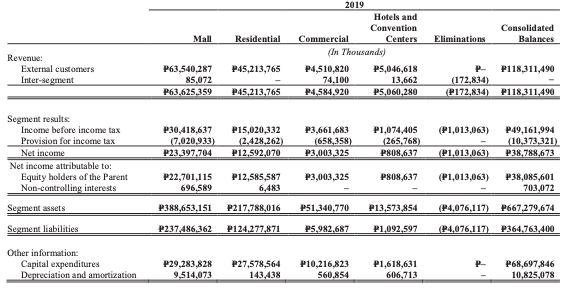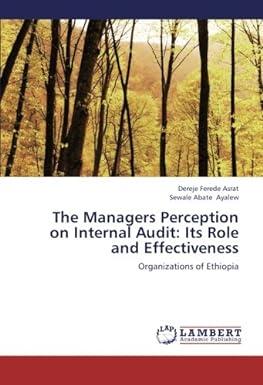Question
Century Continental Group Incorporated (CCGI) has the following operating segments. Mall Residential Commercial Hotels and Convention Centers Segment performance is evaluated based on operating income
Century Continental Group Incorporated (CCGI) has the following operating segments.
- Mall
- Residential
- Commercial
- Hotels and Convention Centers
Segment performance is evaluated based on operating income or loss, and is measured consistently with the operating income or loss in the consolidated financial statement. Transfer prices between business segments are set on an arm's length basis for similar transactions with non-related parties. These transfers are eliminated in the consolidated financial statements
Financial data for the business segments of CCGI below.

Based on the above information compute for the following:
- Return on investment (ROI) of each of the business segment.
- Residual Income.
- Assume that CCGI required a minimum required rate of return of 12%, 20%, 10% and 7% for the Mall, Residential, Commercial, Hotels and Convention Centers respectively, and a business opportunity that would yield a return of 15% is presented to each business unit.
- If performance is measured by ROI which division or divisions will likely accept the opportunity? Which division or divisions will reject? Why?
- If performance is measured by residual income which division will likely accept the opportunity? Which division or divisions will reject? Why?
Step by Step Solution
There are 3 Steps involved in it
Step: 1

Get Instant Access to Expert-Tailored Solutions
See step-by-step solutions with expert insights and AI powered tools for academic success
Step: 2

Step: 3

Ace Your Homework with AI
Get the answers you need in no time with our AI-driven, step-by-step assistance
Get Started


